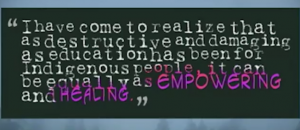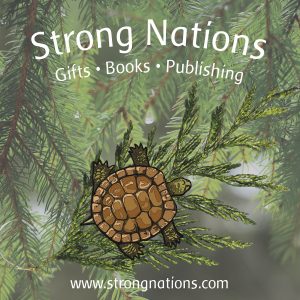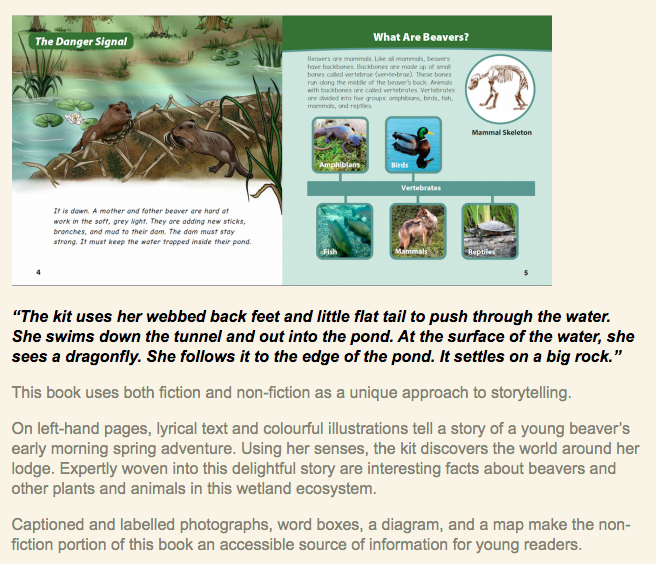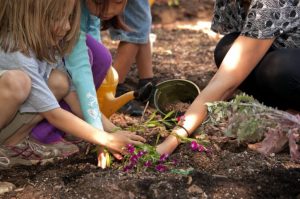In thinking about my research question, I encountered a book titled “The Importance of Storytelling as a Pedagogical Tool for Indigenous Children” by Georgina Barton and Rob Barton. I found Chapter 4 to be particularly useful, as well as, a good place to start.
This chapter explains that stories are a crucial part of cultural community and heritage for Indigenous communities (Barton & Barton, 2017). It is argued that storytelling should be incorporated into pedagogical practices. The authors reveal how planning learning and teaching around stories can benefit young children, especially young Indigenous children.
Mohd Roslan (2008) provides a number of reasons as to why stories and storytelling should be used in classrooms:
- To illustrate a principle
- To inspire other learning and activity
- To engage in creative and imaginative learning
- To help develop a positive attitude towards teachers and schools
- To help explain abstract ideas or concepts
This chapter features a story which sheds light on the ways that story can spark positive learning outcomes. The story is called “My Mother’s Country” by Robert Barton. It is based on a traditional story handed down over hundreds of generations.

“In these lands Emu and Kangaroo wandered as friends in peace. They helped each other find food and protected each other from danger particularly the Dingo. They were always cautious of Dingo. How did he become the women’s most favoured pet? One day, Kangaroo and Emu were out looking around for food. They went to all the usual spots and there wasn’t much new grass. As their hunger grew, Kangaroo and Emu decided to try looking by the river. The river always had good grass but Kangaroo and Emu had to be mindful of crossing paths with the Dingo whose country was beside the river on the way. As they were travelling Kangaroo got separated from Emu. You see Kangaroo wasn’t paying attention to stick with Emu but on finding that feed. He got distracted by a patch of fresh green grass just off the usual path to the river. Overcome with hunger, Kangaroo went straight to that grass. The grass looked really good just sitting there. It looked like no one had ever eaten that before. Having lost his bearings and overcome with desire for the beautiful sweet grass, Kangaroo had strayed into Dingo’s country. In the meantime, Emu had continued on to the river and was nowhere in sight. While Kangaroo ate unaware of his surroundings . . .Dingo came along and saw Kangaroo on his country alone without Emu. Dingo knew this was his chance to finally get Kangaroo. Dingo pounced on Kangaroo while he wasn’t looking. It was a fierce fight and Kangaroo wasn’t ready – it was too late to run now. Kangaroo got hurt badly and blood was spilt on his fur all over. Emu could hear Kangaroo crying out from down by the river and ran as fast as she could to save Kangaroo. Dingo seeing Emu coming – took off into the bush. The women also came and helped Kangaroo but they couldn’t get the blood off his coat. Forever stained red to remind Kangaroo to stay on his country and stick with his mob. This was how the red kangaroo got his red coat and when Emu and Kangaroo got old they became the sun and the brightest evening star and have shone down on the lands of the Kalkadungu ever since” (Barton & Barton, 2017, p.48)
Barton (2017) suggests that this story offers a rational for how an Australian animal like the kangaroo got its red-colored coat and also a deeper moral understanding about relationships and values like obligation to the group, strength, trust, and the importance of land, identity and respect for etiquette when dealing with others and their country.
Barton, G., & Barton, R. (2017). The importance of storytelling as a pedagogical tool for indigenous children. In S. Garvis, & N. Pramling (Eds.), (1st ed., pp. 45-58). Routledge. https://doi.org/10.4324/9781315640549-4








